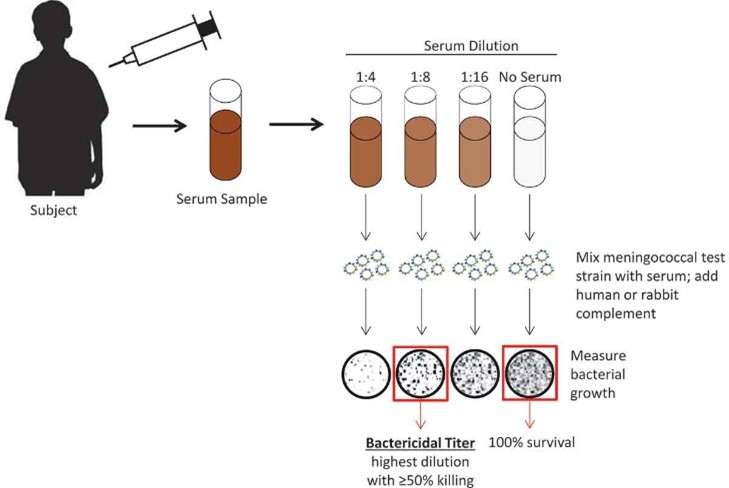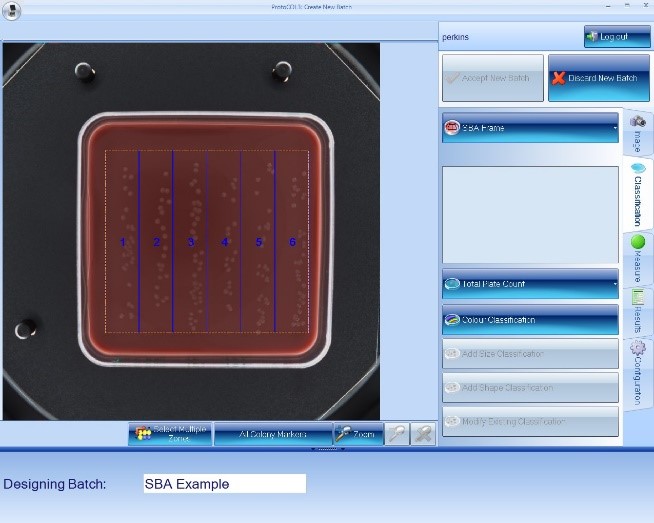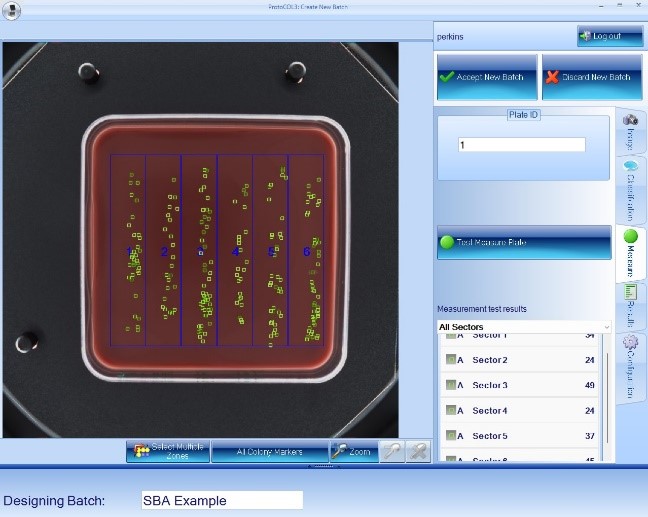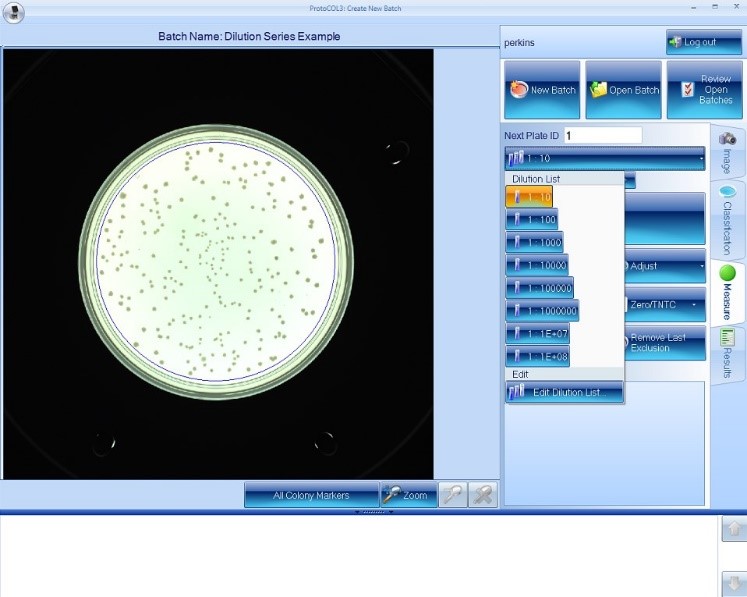Synbiosis, a division of Synoptics, specialises in automated colony counters and offers a variety of devices to assist users with tasks such as measuring inhibition zones and spiral plates. Our custom software is efficient, time-saving, and user-friendly for conducting SBA assays.
The serum bactericidal activity (SBA) assay is mainly used for evaluating the complement-mediated functional activity of both vaccine-induced antibodies and natural infection. The World Health Organisation has recommended that an SBA assay is conducted to satisfy requirements for the production and release of certain vaccines, including that of meningitis, and are also used to support vaccine licensure. An SBA assay is incredibly useful as it gives a comprehensive indication of the antimicrobial pharmacodynamics (the molecular, biochemical, and physiologic effects of a drug) and pharmacokinetics (how the body interacts with administered substances) of drugs and vaccines. SBA assays are not only used for measuring vaccine responses but also for analysing naturally acquired antibody responses, helping scientists establish links between age-specific prevalence of specific diseases and the presence of bactericidal antibodies.
What is the process of running an SBA assay?
SBA assays are generally set up by preparing a set of serial dilutions by plating the SBA reaction mix onto agar, where the serum is incubated with target bacterial strains and an exogenous source of active complement. Antibodies specific to the pathogen will bind to the surface of the bacteria.
This begins the classical complement pathway as the C1 complement protein binds to the antigen-antibody complex. The result of the pathway is the destruction of the bacteria by lysis of the cells. The more antibodies present in the individual’s serum, the more bacteria that the complement pathway will kill, and therefore the fewer bacterial colonies that will be able to grow on the plate and form a colony-forming unit (CFU).
The bactericidal activity is determined based on how efficient the bacterial killing is compared with the controls. The final value that tends to be given is the reciprocal of the dilution in which ≥50% of the bacteria has been killed. This can easily be calculated by comparing the results with the positive control.

How can Synbiosis help you with this?
Colony counting is the most tedious and time-consuming part of a microbiologist’s day, and that’s where Synbiosis steps in. Automating your colony counting makes the process much easier, saving laboratory staff time and freeing them up for other tasks. Depending on how the user plates up their SBA assay will depend on what system they would need from the ProtoCOL software. A specific SBA module contains an SBA frame with a customisable number of rows and columns depending on how you’ve plated up your assay, with the fully adjustable frame to fit your plate. Our software will then provide an accurate count for each sector, which can be manually edited if required, allowing the user to count several sectors in analysing one image.


Other options you may have chosen include doing a series of dilution plates; our software can also assist you in counting these. A specific dilution series module on the ProtoCOL software allows you to easily set up a series of dilutions to your specification and quickly measure each of the plates before automatically moving on to the next dilution in the series. The dilution values and the order of the series are completely customisable for each batch, making it incredibly quick and straightforward for the user to achieve the desired results. There is also the option of the pour plate module that will automate the colony counting for you. The user can then choose to do whatever they want with the data, whether it is part of a dilution series or not.
All these modules within the software produce customisable reports that you can edit to suit your needs, including everything from:
- the colony name
- dilution factor
- count/mL
- the user who measured the plate
- the time and date it was measured
In short, the products offered by Synbiosis can make the process of an SBA assay much more efficient and straightforward for microbiologists, with accurate and reliable colony counts, clean and detailed report creating, and, most importantly, speeding up the colony counting process to free staff up for other duties in the laboratory.

